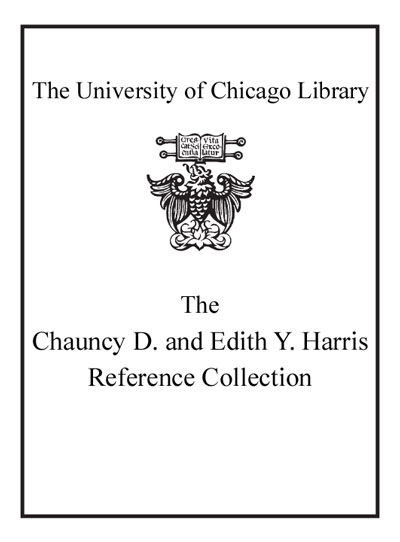Review by Choice Review
This work provides historical media freedom information for all independent countries since WW II. Whitten-Woodring (Univ. of Massachusetts Lowell) and Van Belle (Victoria Univ. of Wellington, NZ) are both accomplished scholars. Many researchers will be familiar with Freedom House's annual surveys of press freedom, e.g., Freedom of the Press, 2004, ed. by K. Karlekar (CH, Apr'05, 42-4474); however, the current volume attempts to fill a historical gap because Freedom House information dates only to 2002. This guide begins by defining media freedom. This is no small task, but the authors use simple exemplar questions to categorize countries as either "not free," "imperfectly free," or "free." They do this year-by-year for each country. Each country description begins with a table indicating historical trends and then gives a "nutshell" history of media freedom. A chronological narrative follows, articulating changes in media freedom over time. Each entry ends with a section titled "Media Today." The country-by-country narratives and analysis of historical trends allow researchers to view trends for a period of more than 60 years. Any work that attempts to categorize something as complex as media freedom is going to involve some contradictions. For example, Turkey has imprisoned dozens of journalists over the past several years, yet this volume's classification scheme ranks it as "imperfectly free" because it has a wide range of freedoms, and the press generally can criticize all but the highest levels (military, parliament, and the prime minister) of the political structure without fear. Impressive in its scope and accomplishment, this work is an excellent source for those interested in media freedom. Summing Up: Highly recommended. Upper-division undergraduates through researchers/faculty. --William J. Breitbach, Shasta College
Copyright American Library Association, used with permission.
Review by Booklist Review
At the outset, the book's preface acknowledges that media freedom is a difficult concept to pin down. This volume aims to provide a history of the relationship between media and governments focusing in particular on whether journalists have the ability to criticize political figures and serves as a companion to the Global Press Freedom Data website (also compiled by the authors). Three narrative chapters aim to define, study the historical development, and offer thoughts on the evolution of media freedom. The remainder of the work is made up of country-by-country analyses. These two-page entries cover a range of time periods (some countries go back to 1948, marking the end of WWII, but most are post-1960) and proclaim the media year-by-year either free, imperfectly free, or not free. There are many broad generalizations about recent media history that are highlighted in Media in a Nutshell sidebars. Major world-media-monitoring organizations can be found in the footnotes, but the lack of a concluding bibliography weakens the reference value of this work; and, unfortunately, the brief facts and figures in this countrywide survey do not provide the general reader much useful information. That said, media historians and some academics may benefit from this specialized approach.--Altschiller, Donald Copyright 2014 Booklist
From Booklist, Copyright (c) American Library Association. Used with permission.
Review by Choice Review
Review by Booklist Review

